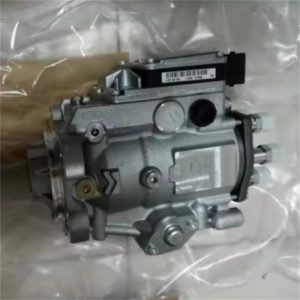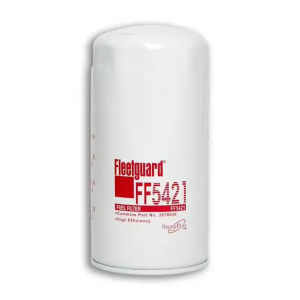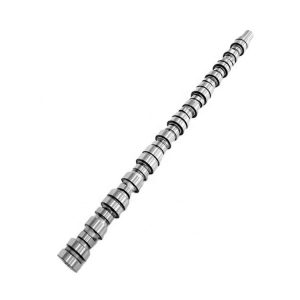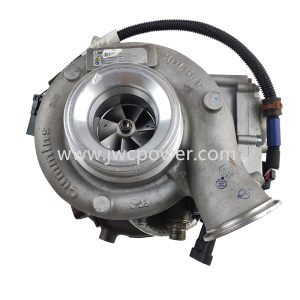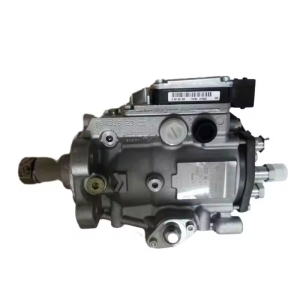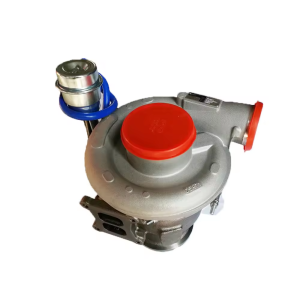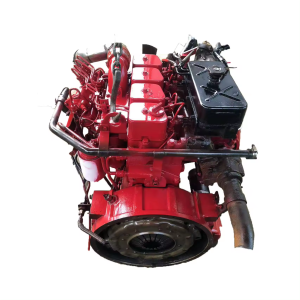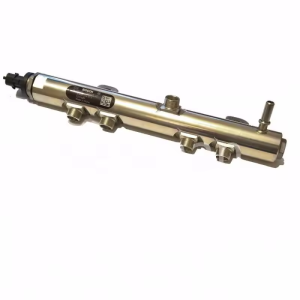The fuel injection pump is the heart of any diesel engine — and for Cummins engines, its proper functioning is vital to performance and reliability. Whether you drive a Dodge Ram with a 5.9L or 6.7L Cummins or operate heavy equipment powered by Cummins diesels, a failing injection pump can cause major headaches and costly downtime.
What Does the Injection Pump Do?
The injection pump’s job is to deliver the right amount of fuel at the right time into the combustion chamber under high pressure. It plays a key role in engine efficiency, power output, and emissions.
A faulty pump can throw off timing, reduce fuel delivery, and ultimately lead to engine failure. Knowing the early warning signs can save you from expensive repairs.
Symptoms of a Failing Cummins Injection Pump
Here are the most common signs your injection pump may be going bad:
1. Hard Starting or No Start
If your engine cranks but won’t start, or takes longer than usual to fire up, it could be due to low fuel pressure from a weak injection pump. This is especially common when the engine is hot.
2. Rough Idle
An inconsistent or loping idle is often a sign of uneven fuel delivery, potentially caused by a malfunctioning pump or failing fuel control actuator.
3. Loss of Power
If your Cummins is suddenly sluggish or underpowered, especially under load or during acceleration, the pump may not be providing enough fuel.
4. White or Black Smoke
White smoke can indicate unburned fuel due to late injection, while black smoke usually means excessive fuel — both can point to pump timing or pressure issues.
5. Poor Fuel Economy
A weak or malfunctioning injection pump can reduce combustion efficiency, causing a noticeable drop in MPG.
6. Check Engine Light or Trouble Codes
Modern Cummins engines (like those with the 6.7L ISB) may throw codes related to fuel rail pressure or actuator performance. A diagnostic scan can help pinpoint pump-related problems.
Common Issues with Cummins Injection Pumps
VP44 Pump Failure (5.9L 24-Valve 1998.5–2002)
One of the most well-known issues. These pumps often fail due to lack of fuel supply from a weak lift pump, leading to internal damage.
CP3 Pump Wear (2003–2018 5.9L/6.7L)
These high-pressure pumps are more robust but can wear out over time, especially with poor fuel quality or excessive tuning.
FCA (Fuel Control Actuator) Failure
A faulty FCA can mimic a bad pump. It controls how much fuel the pump sends to the rail — when it sticks, you’ll see erratic rail pressure and poor drivability.
Maintenance Tips to Extend the Life of Your Injection Pump
Proper maintenance can significantly extend the life of your Cummins injection pump:
Use high-quality diesel fuel
Avoid dirty or water-contaminated fuel. Consider using fuel additives or conditioners.
Replace fuel filters regularly
Clogged filters can cause low fuel pressure and starve the pump.
Monitor lift pump pressure
For VP44 systems, make sure the lift pump maintains adequate pressure. Install a fuel pressure gauge or warning light.
Avoid running low on fuel
Air entering the system can damage the pump and injectors.
Keep up with regular service intervals
Follow Cummins’ recommended maintenance schedule.
The injection pump is a critical component of your Cummins engine, and early diagnosis of issues can prevent major repairs. If you notice any of the symptoms listed above, don’t ignore them. Test your fuel pressure, scan for codes, and inspect related components like the FCA and lift pump.
If your pump does need replacement, make sure to source parts from a reputable supplier — and always prime the system properly after installation.

